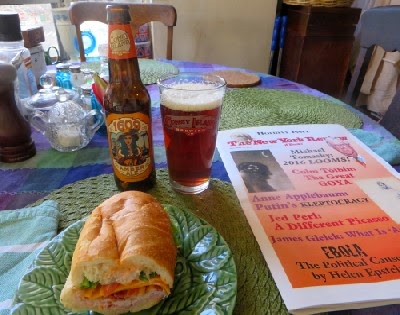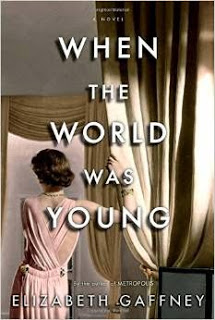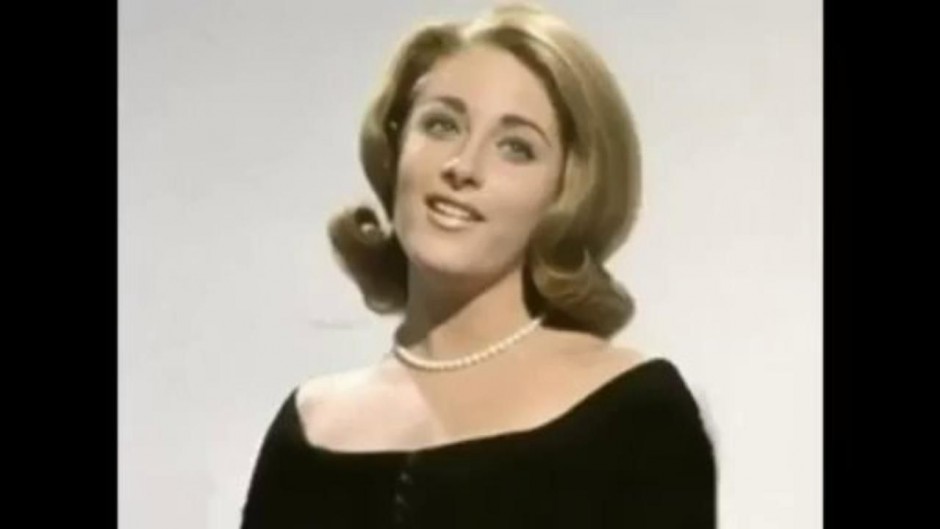Coney Island Brewing Company’s “1609 Amber Ale” takes its name from the year Europeans first set foot on what we now know as Coney Island. I paired it with a “Smokin’ Henry” (smoked turkey, Black Forest ham, smoked Cheddar, bacon, lettuce, tomato, and Russian dressing) from Lassen & Hennigs.
Here are my tasting notes:
Color: bright amber.
Head: moderate, stood up well.
Aroma: banana and peach, with a toasty malt undertone.
Flavor: good balance of fruit and malt flavors, with a hop finish that’s satisfying but not overwhelming.
Technical details (from the brewery’s website): There are five kinds of malt used. Along with the usual two row barley, there are carapils and caramunich, melanoidin, and chocolate malt. The hops are Cascade, Amarillo, Tettnang, and Northern Brewer. ABV is a moderate 4.8%.
This is a well made, satisfying ale that complemented a tasty sandwich but could be enjoyed by itself. The flavor is complex but well balanced.
Source: Self-Absorbed Boomer
http://feedproxy.google.com/~r/blogspot/tzVM/~3/BW81IzJoEtg/coney-island-brewings-1609-amber-ale.html

























































